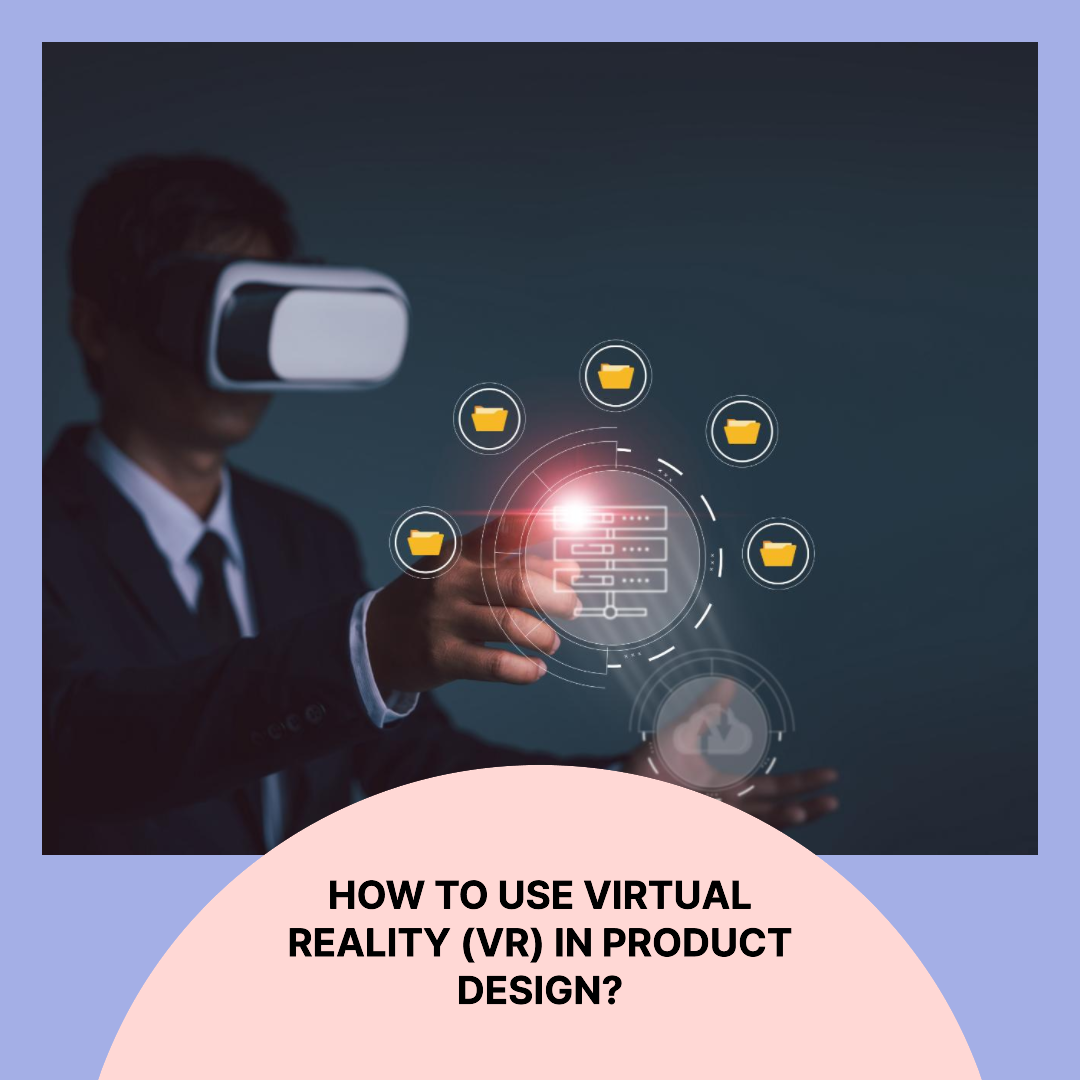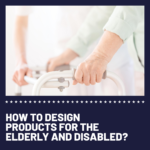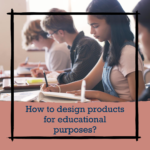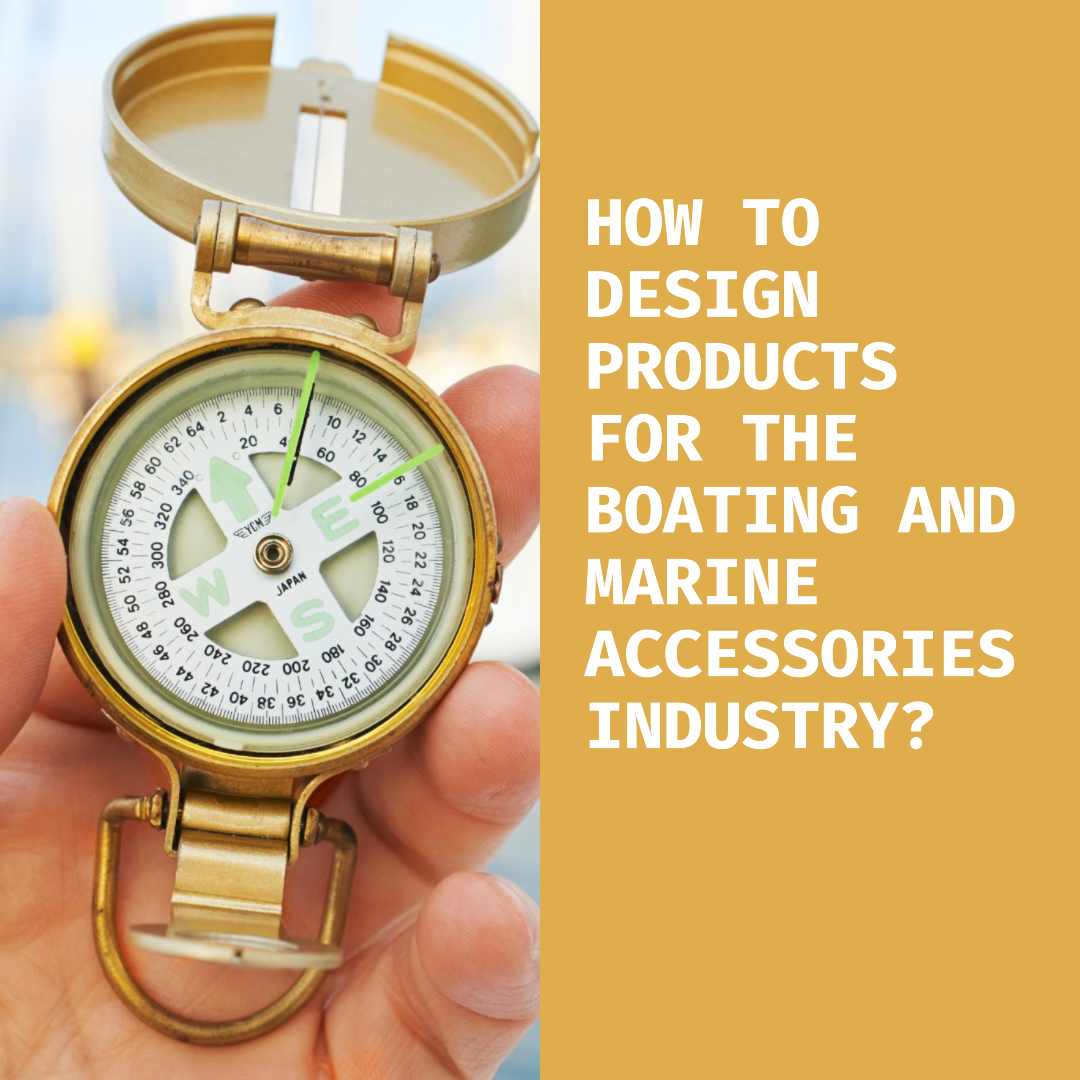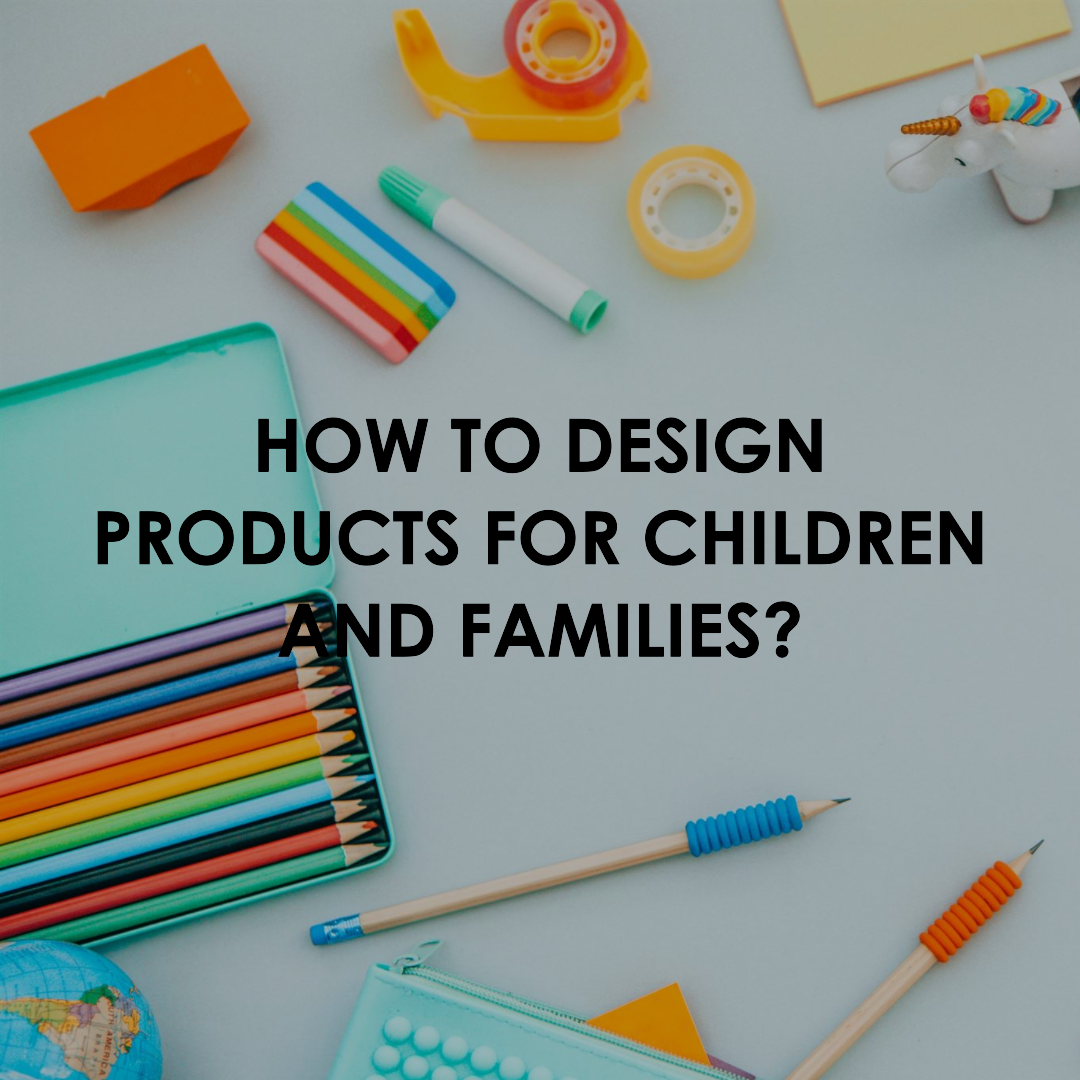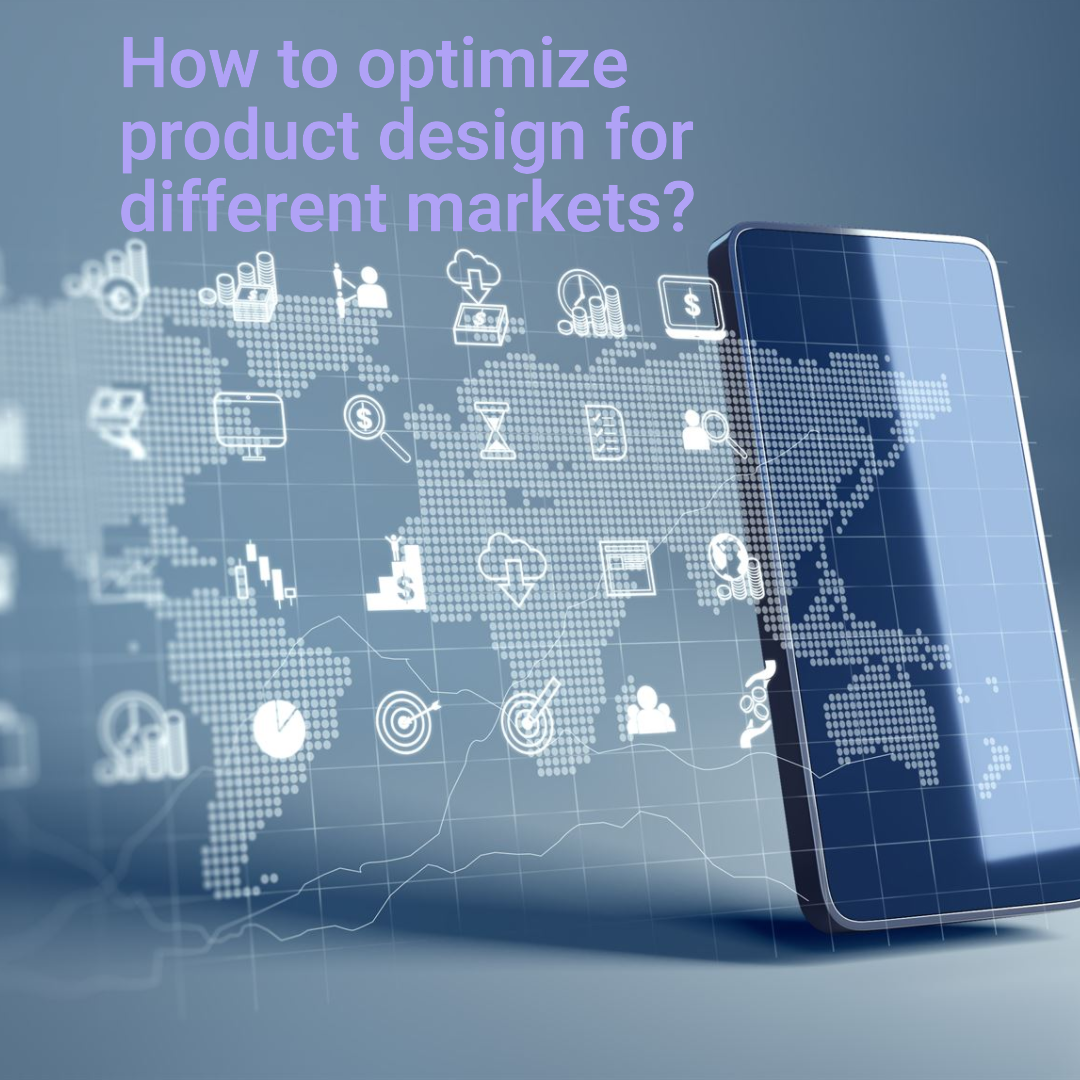How to use virtual reality (VR) in product design?
Introduction
Virtual reality (VR) is a technology that allows users to experience a simulated environment. VR is increasingly being used in product design to help designers create and evaluate products more efficiently and effectively.
In this blog post, we will discuss how to use VR in product design. We will cover the benefits of using VR in product design, the different types of VR headsets available, and the different ways that VR can be used in the product design process.
Benefits of using VR in product design
There are many benefits to using VR in product design, including:
- Improved visualization: VR allows designers to visualize products in a more realistic way than traditional design tools, such as CAD software. This can help designers to identify potential problems with the product design early on and to make necessary changes before the product is prototyped.
- Increased collaboration: VR makes it easy for designers to collaborate with other stakeholders, such as engineers and marketing professionals. Designers can share VR prototypes with others to get their feedback and input.
- Reduced costs: VR can help to reduce the costs of product development. By using VR to visualize and evaluate products early on, designers can avoid costly mistakes that may be discovered later in the development process.
Types of VR headsets
There are two main types of VR headsets: mobile VR headsets and PC-based VR headsets.
- Mobile VR headsets are lightweight and affordable, but they typically have lower-quality displays and less powerful processors than PC-based VR headsets.
- PC-based VR headsets offer higher-quality displays and more powerful processors, but they are also more expensive and require a powerful computer to run.
How to use VR in the product design process
VR can be used in all stages of the product design process, from ideation to prototyping to testing.
- Ideation: VR can be used to generate new product ideas and to explore different design concepts.
- Prototyping: VR can be used to create virtual prototypes of products. This can help designers to evaluate the product design and to make necessary changes before the product is physically prototyped.
- Testing: VR can be used to test products with users in a simulated environment. This can help designers to identify any usability issues and to make necessary improvements to the product design.
Examples of VR being used in product design
Here are a few examples of how VR is being used in product design today:
- Ford Motor Company: Ford is using VR to design and test new vehicles. VR allows Ford designers to visualize and evaluate vehicles in a more realistic way than traditional design tools.
- Nike: Nike is using VR to design and test new shoes. VR allows Nike designers to visualize and evaluate the fit and performance of shoes on virtual feet.
- IKEA: IKEA is using VR to allow customers to preview furniture in their own homes before they buy it. This helps customers to make informed purchase decisions and to avoid buying furniture that does not fit in their homes.
Conclusion
VR is a powerful tool that can be used to improve the product design process in many ways. By using VR, designers can create and evaluate products more efficiently and effectively. VR is also becoming increasingly affordable and accessible, making it a viable option for businesses of all sizes.



